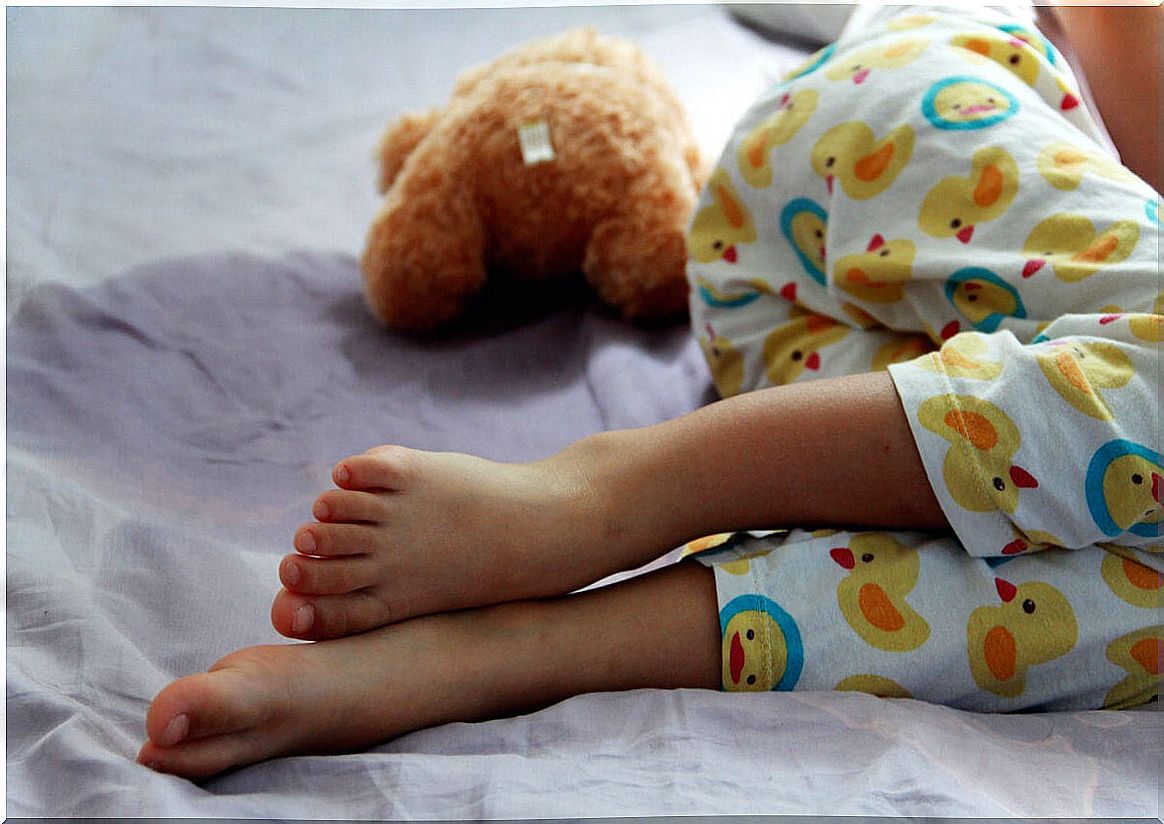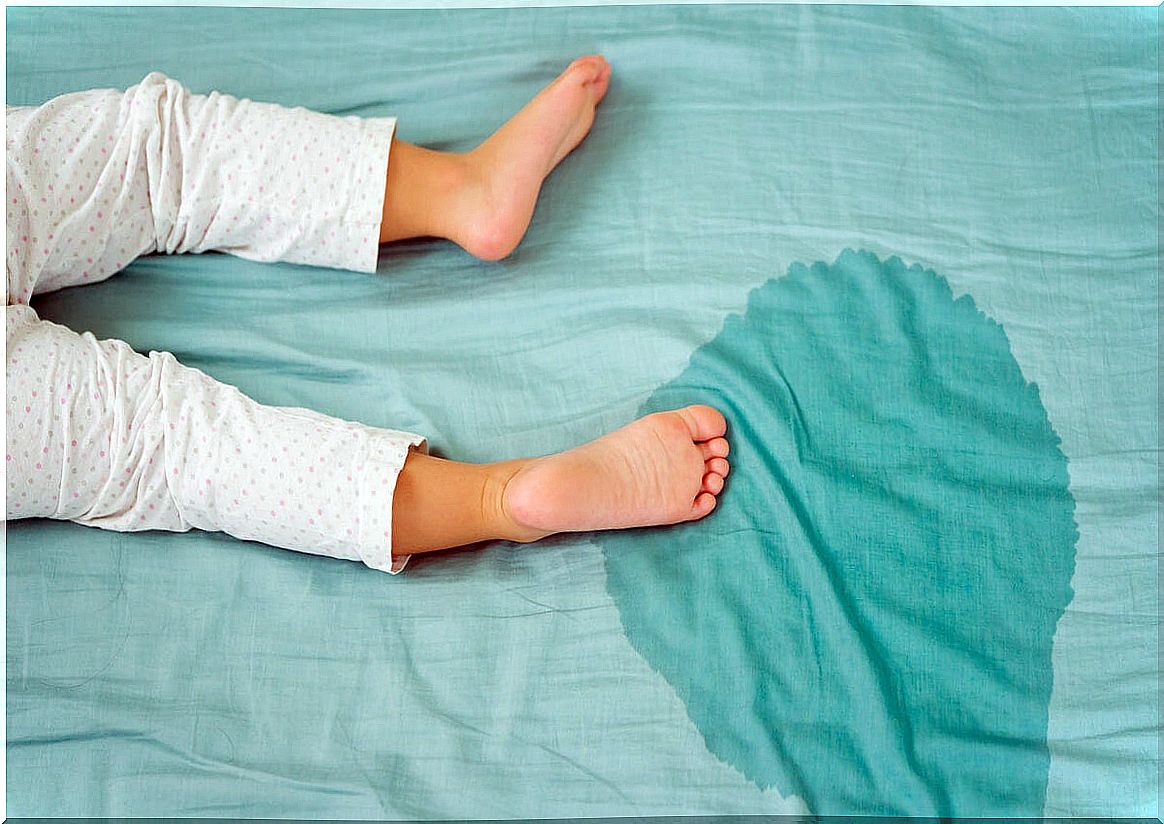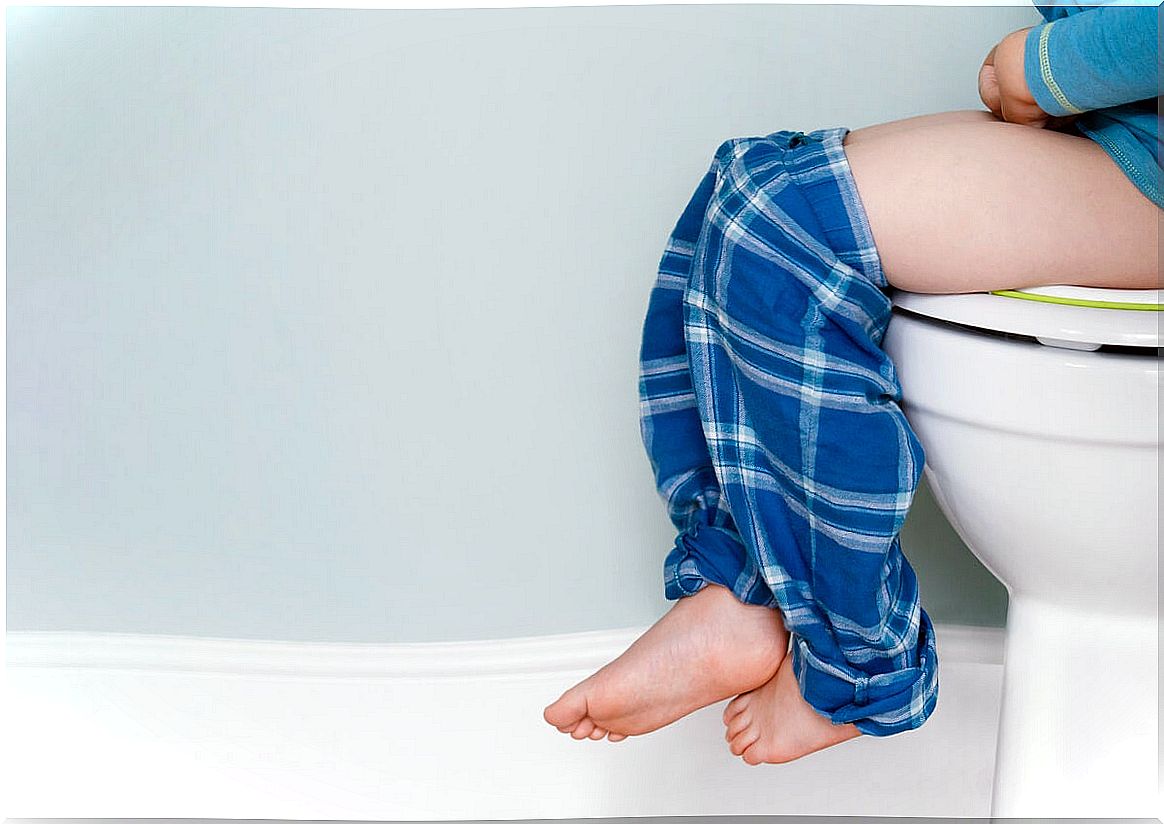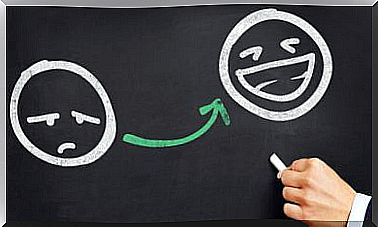What Is The Pee Stop And How Is It Used?

The pee stop is a device that is used to treat cases of enuresis in childhood and has a high efficiency. It can be bought in pharmacies or online.
Did you know that 10.6% of children between 5 and 10 years old have nocturnal enuresis? And what is much more common in boys than girls? Many times it is a disorder that disappears with time, although the pee stop has been shown to accelerate this process.
The pee stop mechanism is based on learning through conditioning, being one of the most effective and widely used treatments for this disorder. It basically consists of a device that has an audible alarm and a sensor. The sensor detects when the child is starting to urinate, which sounds the alarm, which wakes the child immediately. But why is it so effective in treating childhood enuresis? How does it work exactly? Discover it here!

What is the pee stop and how is it used?
The pee stop (also called “alarm method”) is an intelligent alarm clock based on learning by conditioning, which would lead the child to control his urination. It is used to treat cases of infantile enuresis or urinary incontinence, which consists of an involuntary repeated emission of urine during the day or in bed at night.
This contraption was developed as a result of the experiments of Mowrer & Mowrer (1938), and has been updated through the latest advances in electronic technology.
The pee stop is ideally designed for children over 5 years of age who want to stop wetting the bed. Before explaining in more detail what the pee stop consists of and how it works, let’s briefly describe what enuresis is.
Infant enuresis
The pee stop is used to treat infantile enuresis; According to DSM-IV-TR and DSM-5, enuresis is the repeated emission of urine (voluntary or involuntary). In order to be diagnosed as such, it is necessary that there be 2 or more episodes of urine emission per week for more than 3 consecutive months; If this criterion is not met, the disorder must at least produce significant discomfort or impairment in order to be diagnosed.
For its part, the ICD-10 considers that enuresis is only an involuntary behavior ; In addition, this manual specifies that if the disorder is accompanied by encopresis (evacuation of stool, involuntary or intentional), only encopresis will be diagnosed. Continuing with the ICD-10, enuresis can appear in isolation or accompany an emotional or behavioral disorder.
But, at what age can we begin to diagnose infantile enuresis? From the age of 5 (also in children with a level of development equivalent to this age). In addition, we also find secondary or late-onset enuresis, which appears between 5 and 7 years of age.
How is the pee stop?
Returning to the pee stop as the treatment of choice in most cases of enuresis, we will explain what this device consists of. It is a small plastic box that is attached to the child’s pajamas, as if it were a football shield (this can also motivate them to use it); It has a safety pin (approved and safety), a buzzer, a switch and a humidity sensor placed at the end of a cable, which is in charge of activating and sounding the alarm when the child begins to urinate on it.
Thus, the humidity sensor is one of the key elements of the pee stop; It is small, according to the pipistop brand itself, it usually measures between 13 x 31 mm, and is inserted in a panty-pad and glued to the boy’s or girl’s underpants or panties. But how exactly does the sensor work?
How does the pee stop work?
The first drop of the boy or the girl when he begins to urinate, already moistens the sensor of the pee stop and sounds the buzzer ; this causes the child to be immediately awakened by the sound and to stop urination.
Once awakened, the child must go to the bathroom to finish urination. Through a series of trials, and thanks to a learning process, the child’s own body becomes accustomed to interrupting urination through the sphincter, which eventually stops urinating.
How is the treatment with pee stop?
Treatment with pee stop, as a general rule, usually lasts between 4 and 12 weeks. Its therapeutic efficacy is very high, and successful cases range from 70-90% of all cases in the period of the first 3 months of treatment.
The treatment success criterion is 14 consecutive nights without enuretic episodes. It should be noted here that relapses appear in 1 out of 3 patients and that in these cases an intermittent procedure (relapse prevention) is used, which implies that the alarm sounds only in some enuretic episodes.
Before starting the treatment with pee stop, it is essential to rule out an organic disease that explains the enuresis. For this, a medical evaluation will be necessary, in order to rule out all those non-functional (or organic) causes that will explain the enuresis. What are these organic causes related to? Basically with neurological, infectious disorders, cystitis, diabetes mellitus , disorders of consciousness and sleep, sleepwalking, spina bifida or other pathologies or conditions.

Mechanism of operation: different hypotheses
The pee-stop is based on the classical conditioning mechanism that was originally proposed by Mowrer & Mowrer (1938). The authors, although they recognized that the child habitually inhibited urination, even if he did not wake up, they continued to consider awakening as a central element of the technique or device.
Continuing with classical conditioning, in this case the unconditioned stimulus (US) would be bladder distention and detrusor tension, the unconditioned response / unconditioned stimulus would be sphincter relaxation and the onset of urination and the unconditioned response, awakening.
In turn, the alarm would be an unconditioned stimulus (US) that would lead the child to wake up (unconditioned response), and to contract the sphincter / interrupt urination (unconditioned response as well). Thus, according to Mowrer & Mowrer, the pee stop works through classical conditioning.
Operant conditioning
But not all the authors had the same opinion; According to Peter Lovibond (1964), the device is based on an operant conditioning mechanism. According to this model, inhibiting urination (which implies contracting the bladder sphincter) would be an avoidance response; Lovibond, unlike Mowrer & Mowrer, was of the opinion that in this procedure it is irrelevant that the child wakes up (that is, that the treatment is just as effective).
Following the operant conditioning model, the following would occur: with the child’s urination response, comes the “punishment” (which would be the alarm); contraction of the sphincter and no urination, on the other hand, would be an avoidance response of the child that would work through negative reinforcement (“no alarm, no punishment, no urination”). That is, the child would end up “learning” that if he does not pee in bed, the alarm does not sound (avoidance of punishment) and therefore does not have to wake up.









